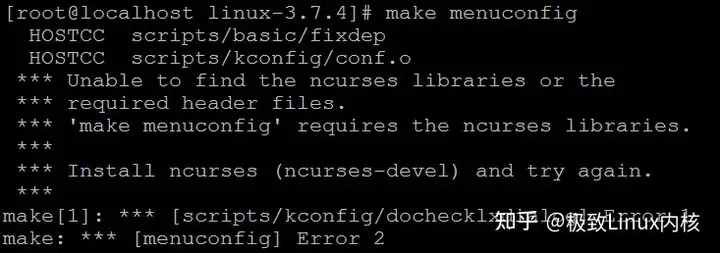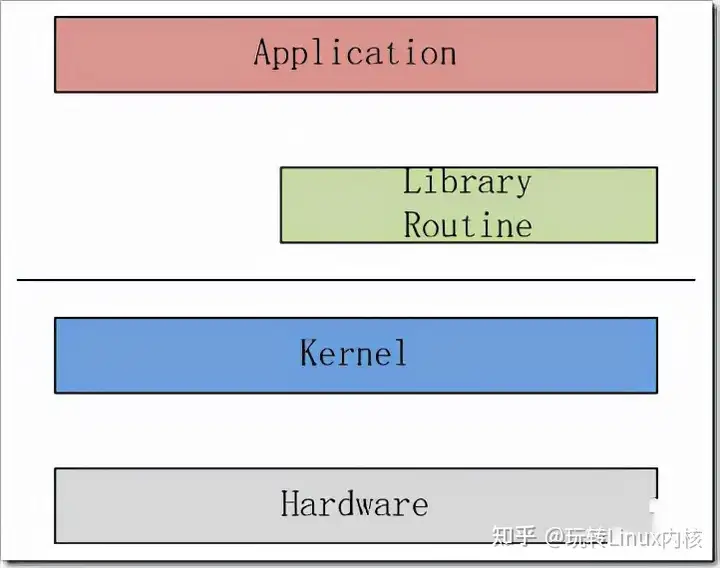fork 、vfork、clone
Linux 内核的调度算法,是根据task_struct结构体来进行调度的。
写时拷贝技术 当p1把p2创建出来时,会把task_struct里描述的资源结构体对拷给p2。
执行一个copy,但是任何修改都造成分裂,如:chroot,open,写memory,
Linux通过MMU进行虚拟地址到物理地址的转换,当进程执行fork()后,会把页表中的权限设置为RD-ONLY,当P1,P2去写该页时,CPU会收到page fault,申请新的内存。Linux再将页表中的virt1指向新的物理地址。
1 2 3 4 5 6 7 8 9 10 11 12 13 14 15 16 17 18 19 20 21 22 23 24 25 26 #include <sched.h> #include <unistd.h> #include <stdio.h> #include <stdlib.h> int data = 10 ;int child_process () { printf ("Child process %d, data %d\n" ,getpid(),data); data = 20 ; printf ("Child process %d, data %d\n" ,getpid(),data); _exit(0 ); } int main (int argc, char * argv[]) { int pid; pid = fork(); if (pid==0 ) { child_process(); } else { sleep(1 ); printf ("Parent process %d, data %d\n" ,getpid(), data); exit (0 ); } }
CoW,严重依赖CPU的MMU。Mmu-less Linux 无copy-on-write, 没有fork,而使用vfork。
使用vfork:父进程p1 vfork出子进程p2之后阻塞,直到子进程发生以下两种情况。
进程执行vfork时,P2的task_struct中的*mm 与 P1共享,P1的内存资源就是P2的内存资源。
pthread_create -> clone
Linux创建线程的API,本质上去调 clone。要求把P2的所有资源的指针,都指向P1。线程,也被称为 Light weight process。
而Linux在clone线程时也十分灵活,可以选择共享/不共享部分资源。
POSIX标准要求,进程里面如果有多个线程,在用户空间 getpid() 看到的都是同一个id,这个id其实是TGID。
一个进程里面创建了多个线程,在/proc 下 的是 tgid,/proc/tgid/task/{pidx,y,z}
pthread_self() 看到的是用户空间pthread线程库里获得的id 。
1 2 3 4 5 6 7 8 9 10 11 12 13 14 15 16 17 18 19 20 21 22 23 24 25 26 27 28 29 30 31 32 33 34 35 36 37 38 39 40 41 42 43 44 45 #include <stdio.h> #include <pthread.h> #include <stdio.h> #include <linux/unistd.h> #include <sys/syscall.h> static pid_t gettid ( void ) { return syscall(__NR_gettid); } static void *thread_fun (void *param) { printf ("thread pid:%d, tid:%d pthread_self:%lu\n" , getpid(), gettid(),pthread_self()); while (1 ); return NULL ; } int main (void ) { pthread_t tid1, tid2; int ret; printf ("thread pid:%d, tid:%d pthread_self:%lu\n" , getpid(), gettid(),pthread_self()); ret = pthread_create(&tid1, NULL , thread_fun, NULL ); if (ret == -1 ) { perror("cannot create new thread" ); return -1 ; } ret = pthread_create(&tid2, NULL , thread_fun, NULL ); if (ret == -1 ) { perror("cannot create new thread" ); return -1 ; } if (pthread_join(tid1, NULL ) != 0 ) { perror("call pthread_join function fail" ); return -1 ; } if (pthread_join(tid2, NULL ) != 0 ) { perror("call pthread_join function fail" ); return -1 ; } return 0 ; }
总结 fork , vfork, clone 由于执行fork()引入了 写时拷贝并且明确了子进程先执行,所以 vfork()的好处就仅限于不拷贝父进程的页表项mm_struct。vfork()系统调用的实现是通过向clone()系统调用传递一个特殊标志来进行。
vfork场景下父进程会先休眠,等唤醒子进程后,再唤醒父进程。
这么做的好处是:由于子进程被创建出来,与父进程共享地址空间,且只读。只有在执行exec的创建新的内存映射时才会拷贝父进程的数据,来创建新的地址空间。如果此时,父进程还在执行,就有可能产生脏数据,或发生死锁。
进程0和进程1 init进程是被Linux 0进程创建,0进程把init进程fork出来后,就退化成IDLE进程。这个进程,是特殊调度类,所有进程都停止或睡眠后,就会调度进程0运行,此时处于CPU低功耗状态。
孤儿进程与托孤,subreaper
当父进程退出后,子进程会寻找subreaper 或 init进程。










